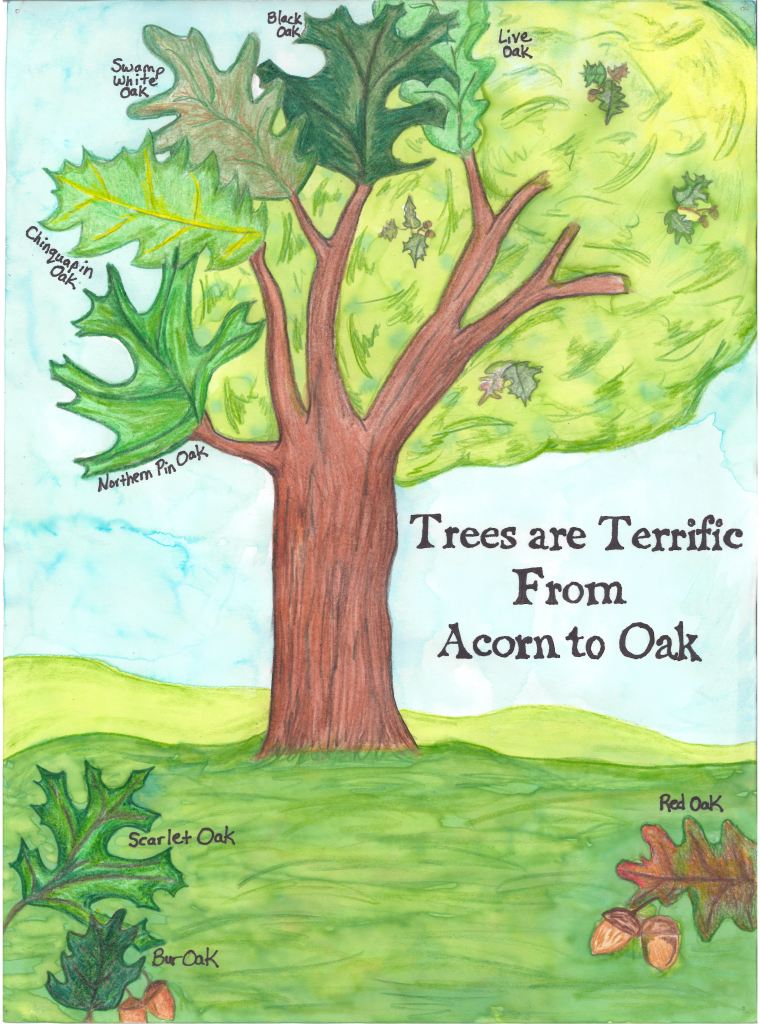- Pick late winter or very early spring to plant your tree. Right before or at the start of the growing season is the optimum choice. That is late January to the end of February for East Texas. Ball root plants are more adaptive than seedlings. It is easy to plant balled root trees even in early summer or autumn. August and September are not good to plant any tree, but it is possible.
- Understand the characteristics of the tree you wish to plant. Check its tolerance of standing water or drought, and the living space it will eventually require. Put your tree in a place compatible with its natural requirement for water. Check how close you need to plant your trees. Each species has different characteristics. It might like to grow in the shade of another tree for example, or it may thrive in a densely planted area conducive to a forest arrangement, as do pine trees for example. Some trees such as most of the Oaks, appreciate space and sun but will survive in a dense configuration.
- To plant a seedling, you generally have to deal with an exposed root system. Most seedlings are raised in a hydroponic media. The roots are often partly damaged when seedlings are separated. The little tree needs some tender loving care. Start by digging an irregularly shaped hole at least one inch more in diameter than the apparent root diameter. Irregularities should extend out several inches further. Look at the root system. You will want some roots to extend laterally as much as possible. Make sure the depth is sufficient enough to accommodate the tap or center root. This way, you have a hole that will give the plant maximum nutrition and access to water, as it grows. Keep the roots moist in a wet newspaper while you prepare its new home.
- Do not add anything to the soil. Put some of the soil back into the hole and make sure it is reasonably compacted by pressing the soil into the hole with your fingers. before putting the tree into the hole.
- Place the tree in its new home, spreading the roots as planned. Cover the roots and gently press the soil over the plant's roots as you add the soil. Cover the roots to an inch below the crown top of the root system. water this and compact it to remove air bubbles.
- Add no fertilizer nor root stimulator. Cover the remaining inch with ripe compost or some suitable mildly aerated but decomposed material. Do not use material that has fertilizer in it or is otherwise a heat producer when it starts decomposing. The material must be "ripe". A sandy loam would suffice in absence of compost. As you build this home for your tree, you will want to create a bowl effect so that water will be captured in the bowl, encouraging irrigation down deeper than otherwise would occur.
- Water very thoroughly.
- Cover with other material such as pine mulch (preferred) or leaves to insulate the ground from the sun.
Make sure the tree has about an inch of water a week through the first summer. The following year, continue to water the plant as needed. Drought will get it if you don't. The third year, it should be on its own but be aware that it still could get killed by drought. Give the plant an opportunity to search for water. Its roots need to spread out and down. Too much water is not a good thing for many species. For some like the Bald Cypress, you can just plant in soil below the water and never worry about it.
It is good to brace a balled root tree with rope or something to stabilize it in the wind. There are various products on the market to help with this, but I generally put two stakes into the ground and rope the tree to them. Some folks like to go one step further and use three stakes in a triangular configuration.




